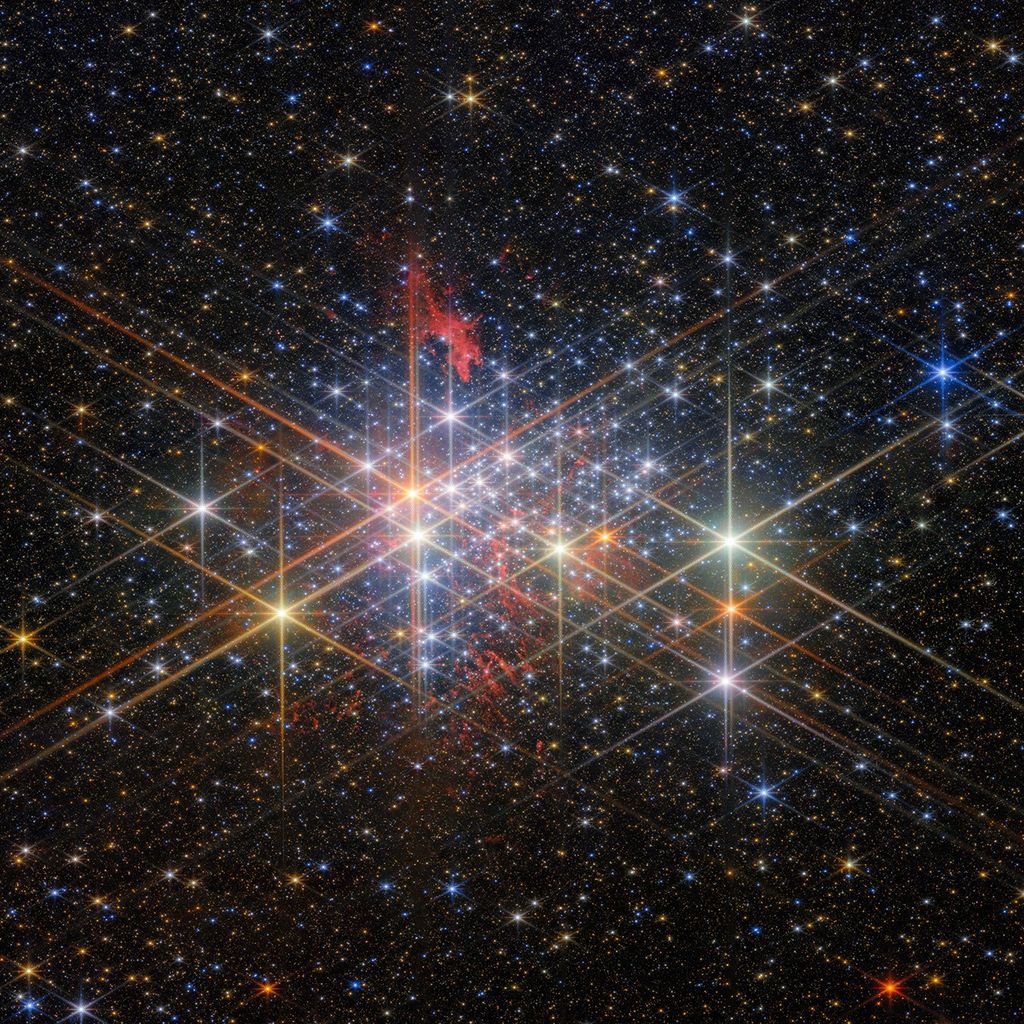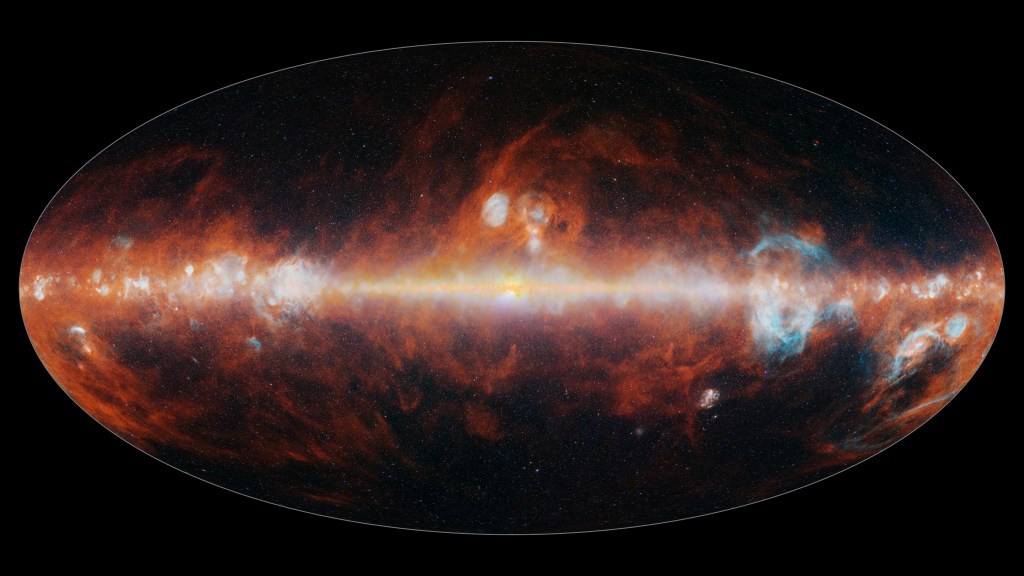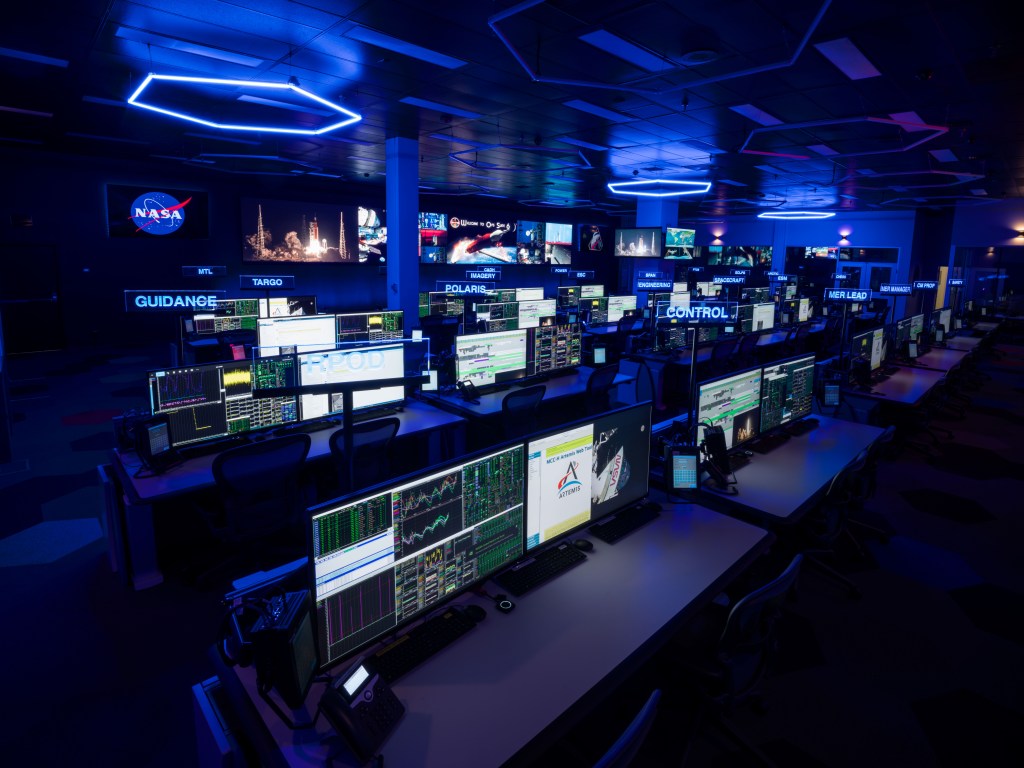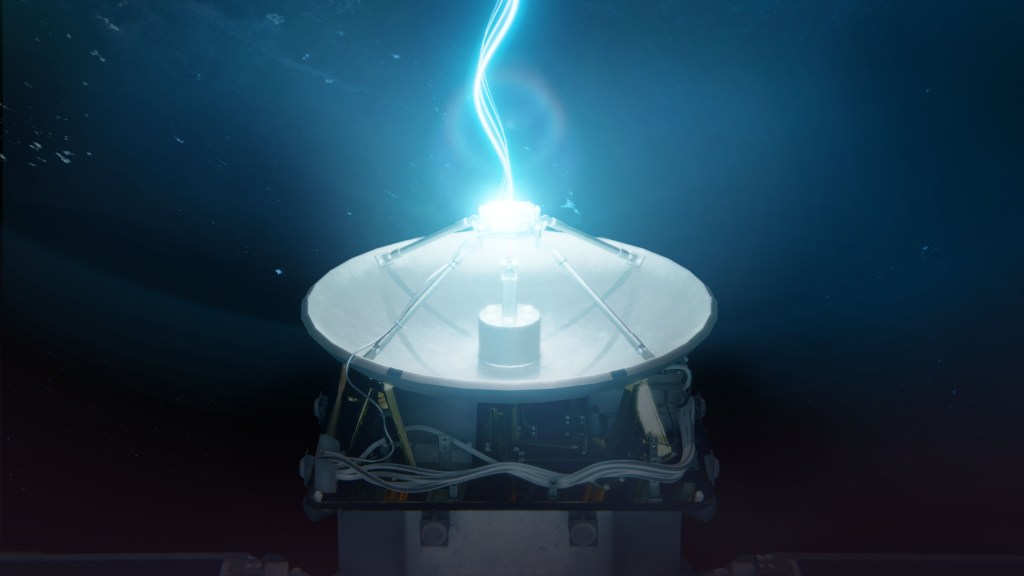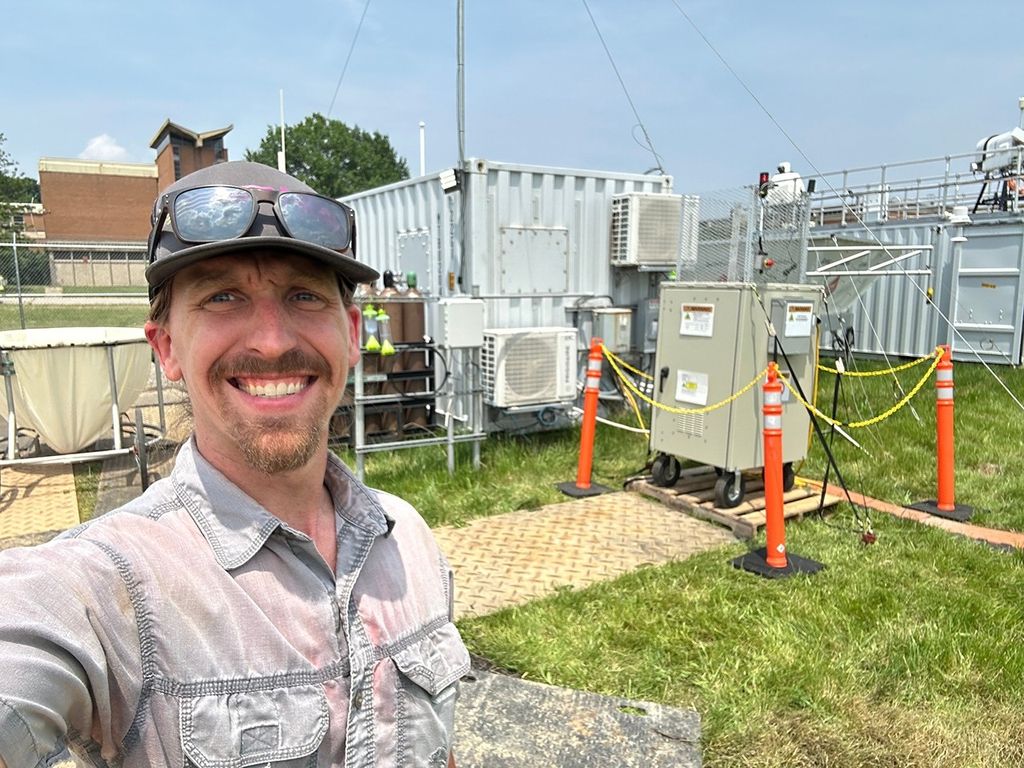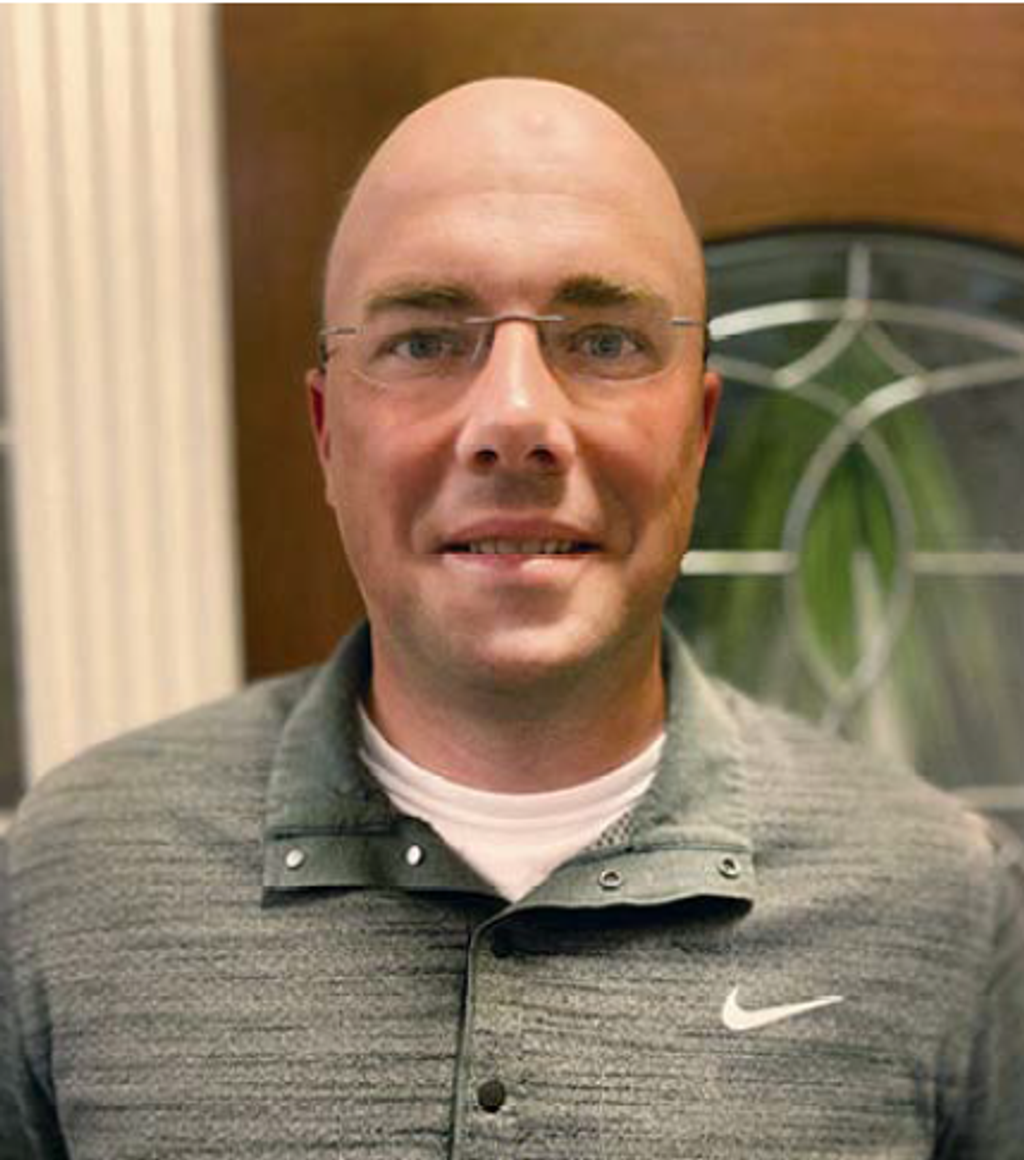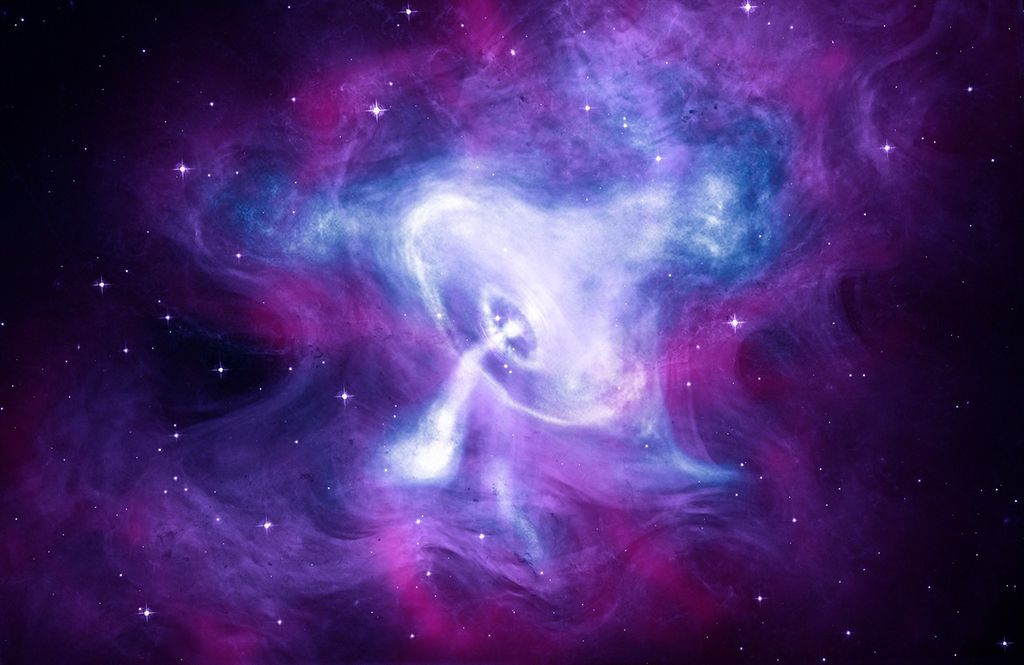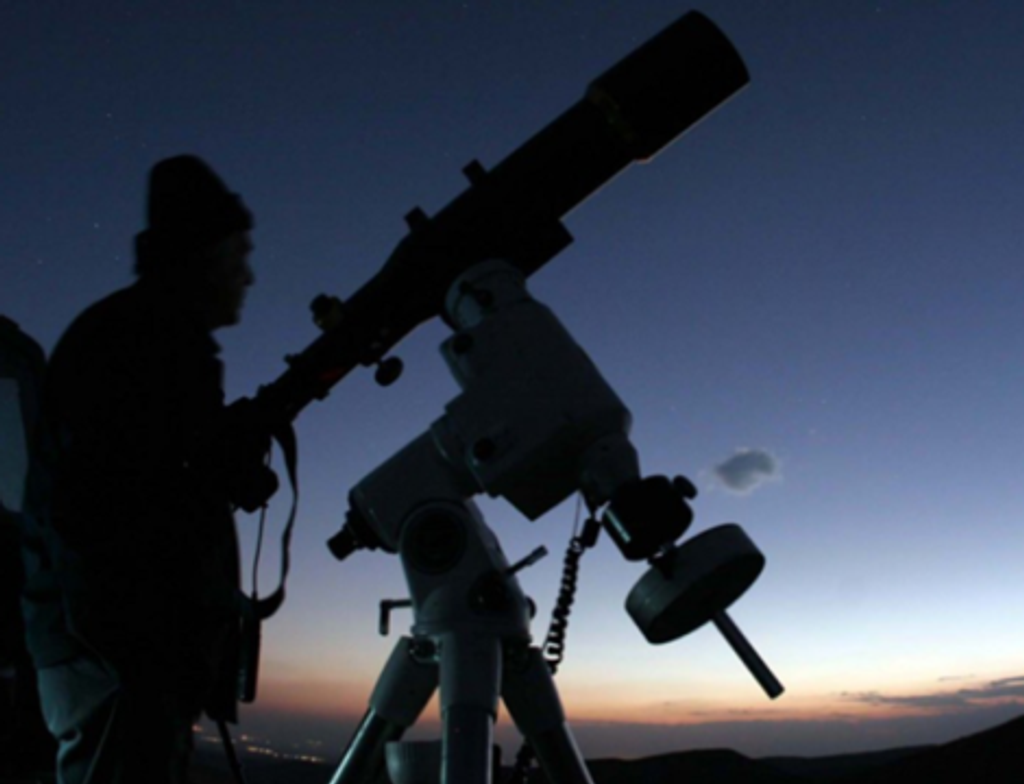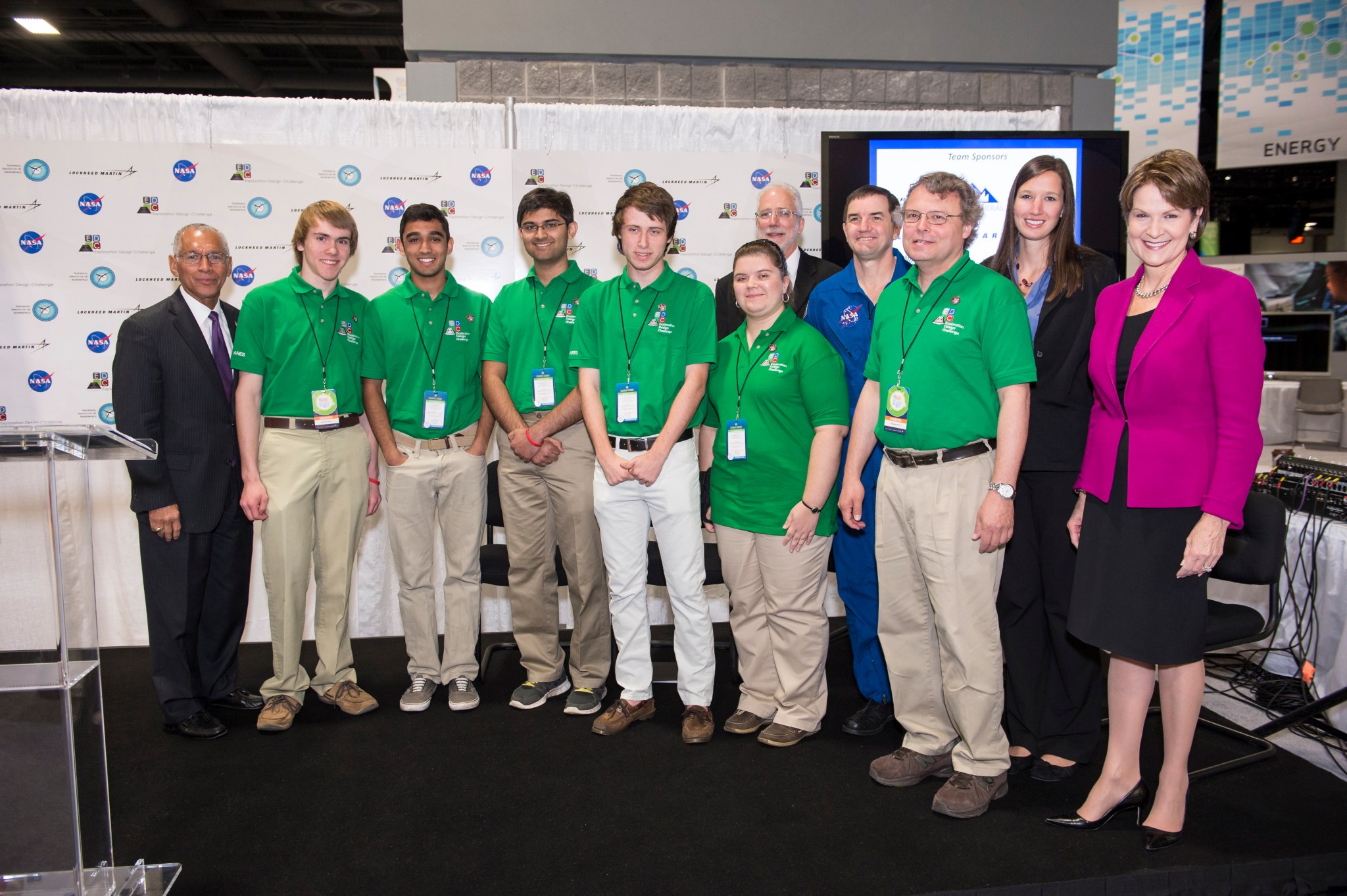After a yearlong competition among high school teams across the country, evaluators from NASA, Lockheed Martin and the National Institute of Aerospace have selected Team ARES, from the Governor’s School for Science and Technology in Hampton, Va., as the winner of the high school portion of the Exploration Design Challenge (EDC).
The announcement Friday came during a ceremony held at the opening of the 2014 USA Science and Engineering Festival in Washington. Team ARES was chosen from a group of five finalist teams announced in March.
The EDC was developed to engage students in science, technology, engineering and math (STEM) by inviting them to help tackle one of the most significant dangers of human space flight — radiation exposure.
“This is a great day for Team ARES — you have done a remarkable job,” said NASA Administrator Charles Bolden, who helped announce the winning team.
“I really want to congratulate all of our finalists,” he said. “You are outstanding examples of the power of American innovation. Your passion for discovery and the creative ideas you have brought forward have made us think and have helped us take a fresh look at a very challenging problem on our path to Mars.”
NASA Langley Connection
A team of engineers at NASA’s Langley Research Center in Hampton, Va., analyzed the designs. Ryan Norman, Chris Sandridge, Tony Slaba and Charlie Werneth work in Langley’s Durability, Damage Tolerance and Reliability Branch.
“Some of the designs submitted were really quite impressive,” said Werneth. “You could tell that the students put in a lot of effort researching and developing their shielding concepts.”
During the testing and analysis phase, the Langley engineers interacted with students to ask and answer questions, seek clarity about the proposed designs and provide mentoring support.
To perform the assessments, the researchers used a NASA-developed tool called OLTARIS – the On-Line Tool for the Assessment of Radiation in Space, which provides a common analytic approach for use across the agency.
By entering the geometries provided by the students, they could develop a shielding model, upload it to the OLTARIS website, and perform the testing using a thermal luminescence dosimeter to measure radiation on the surface of the design and also in the center.
“We all have full plates, but this is both important and rewarding,” said Ryan Norman, one of the Langley engineers. “Engaging these students and fueling their interest in STEM – science, technology, engineering and math – is really helping to develop NASA’s future workforce, which will rely heavily on these exact skill sets.”
Students to take part in launch
Team ARES now will work with the NASA and Lockheed Martin spacecraft integration team to have the product of their experimental design approved for spaceflight. Once the equipment is approved, engineers will install it onto Orion’s crew module.
Later this year, when Orion launches into orbit during Exploration Flight Test-1 (EFT-1), Lockheed Martin will host Team ARES at NASA’s Kennedy Space Center in Florida to watch their experiment launch into space.
During the EFT-1, Orion will fly through the Van Allen Belt, a dense radiation field that surrounds the Earth in a protective shell of electrically charged ions. Understanding and mitigating radiation exposure during Orion’s flight test can help scientists develop protective solutions before the first crewed mission.
After EFT-1, the students will receive data indicating how well their design protected a dosimeter, an instrument used for measuring radiation exposure.
Speaking at the U.S.A Science and Engineering Festival, Lockheed Martin Chairman, President and CEO Marillyn Hewson said, “The Exploration Design Challenge has already reached 127,000 students worldwide — engaging them in real-world engineering challenges and igniting their imaginations about the endless possibilities of space discovery.”
Students around the world in grades K-12 still can be part of Orion’s first flight by completing an online radiation shielding activity. Students who complete the activity by June 30 will have their names flown as virtual crew members aboard Orion.
To learn more about the EDC and related activities, visit:
https://www.nasa.gov/education/edc
To learn more about NASA’s education programs, visit:
https://www.nasa.gov/education
To learn more about Orion and the EFT-1 mission, visit:
http://lockheedmartin.com/orion
and
Ann Marie Trotta
NASA Headquarters
Washington, D.C.
(202) 358-1601
ann.marie.trotta@nasa.gov
Michael Finneran
NASA Langley Research Center
Hampton, Va.
(757) 864-6110
michael.p.finneran@nasa.gov


